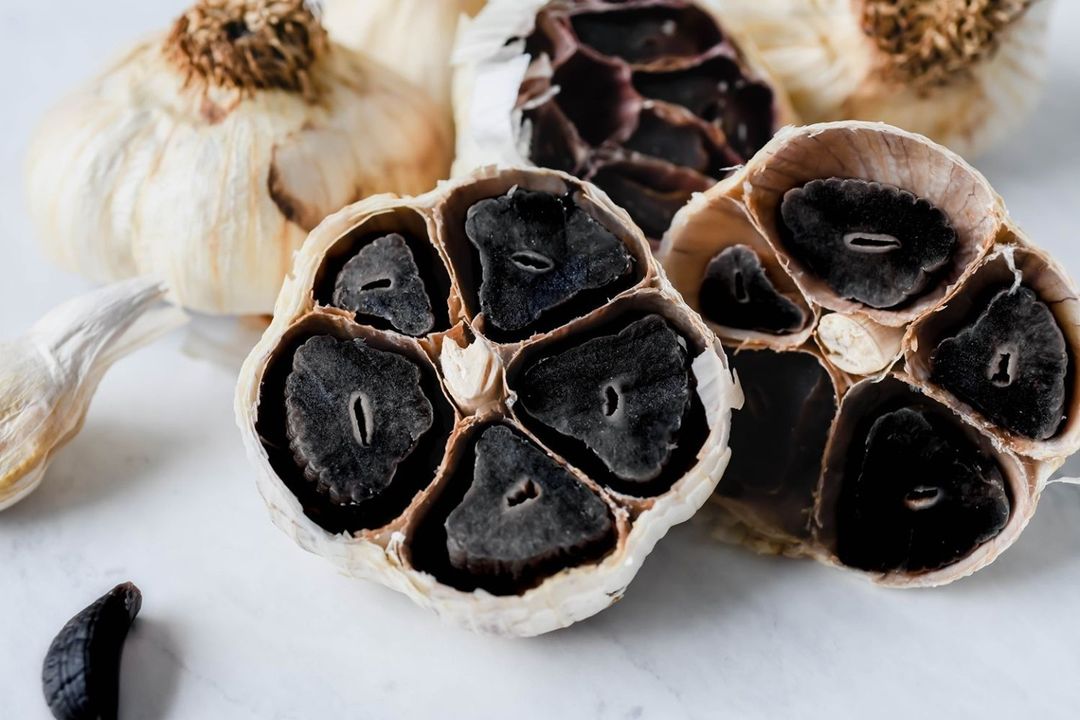
Professional Chefs Explained When It’s Best to Salt Food
Proper use of salt can completely change the taste of a dish – the key lies in the method and timing of its use.
Salt is an ingredient that people often use without much thought, yet just a small pinch is enough to completely transform the flavor of a dish. However, many wonder not only how much salt to add, but also when is the best time to do it, reports Kuvar.
Most people add salt only at the end of cooking, but experts and research warn that this is wrong, as the dish does not develop its full, true flavor, writes "Tailgater Magazine".
Salt is best absorbed into food when added at the beginning of cooking, as heat helps it penetrate deeper into the ingredients.
During the process, salt draws moisture from the food, dissolves into it, and then redistributes within the ingredients, giving the dish a juicier, richer texture.
In contrast, if salt is added at the end of cooking, it remains on the surface, so the initial taste is salty rather than the full, pronounced flavor of the ingredients themselves. That’s why the right timing for salting is crucial to achieving the best taste of the dish.
Chefs’ Tips for Salting Food
Professional chefs don’t add all the salt at once, but rather add it gradually, several times during cooking. This way, they slowly build the flavor, giving the dish a chance for all the ingredients to blend better and develop a richer, more complex taste.
In soups, broths, and sauces, salting at the beginning allows the flavors to evenly permeate and develop as a whole.
For example, salting onions while sautéing highlights their natural sweetness and speeds up the Maillard reaction, i.e., the caramelization process.
There is one important rule when preparing meat. Salting steak or chicken at least 30 minutes before roasting, and for larger cuts overnight, allows the salt to break down muscle fibers, making the meat more tender.
At the same time, salt helps create a crispy, golden-brown crust.
Also, the water used for cooking pasta must be generously salted, as pasta absorbs both water and salt while cooking, which significantly affects the final flavor of the dish.
When Should You Avoid Early Salting?
As with every rule, there are exceptions. The best-known example is deep-frying. Salt is hygroscopic, meaning it attracts water. If you salt food before frying, the salt will draw moisture to the surface, preventing the formation of a crispy crust.
That’s why fried food should always be salted immediately after removing it from the oil. Caution is also needed with certain vegetables, such as mushrooms or eggplant – salting too early can cause them to release too much water and become mushy instead of nicely browned.
Taste the food as it cooks, gradually adding salt and monitoring how the flavors develop. This is the secret that makes the difference between a good dish and an unforgettable one.





